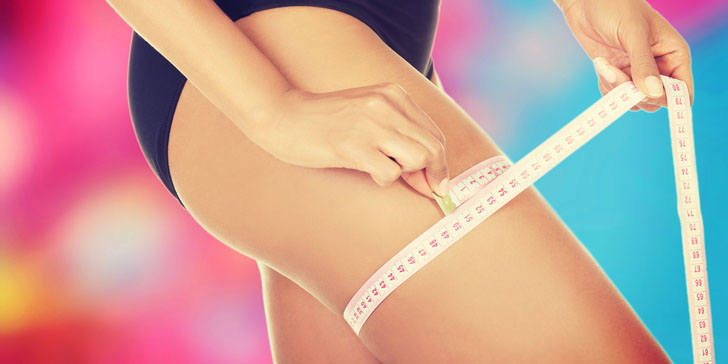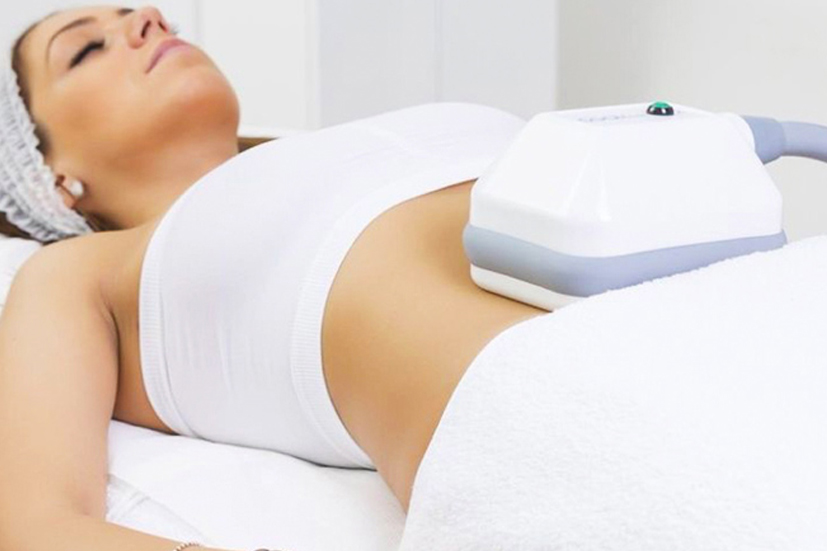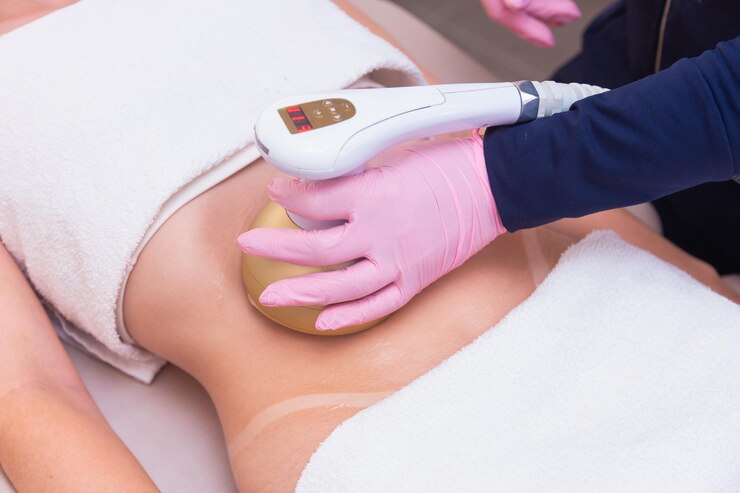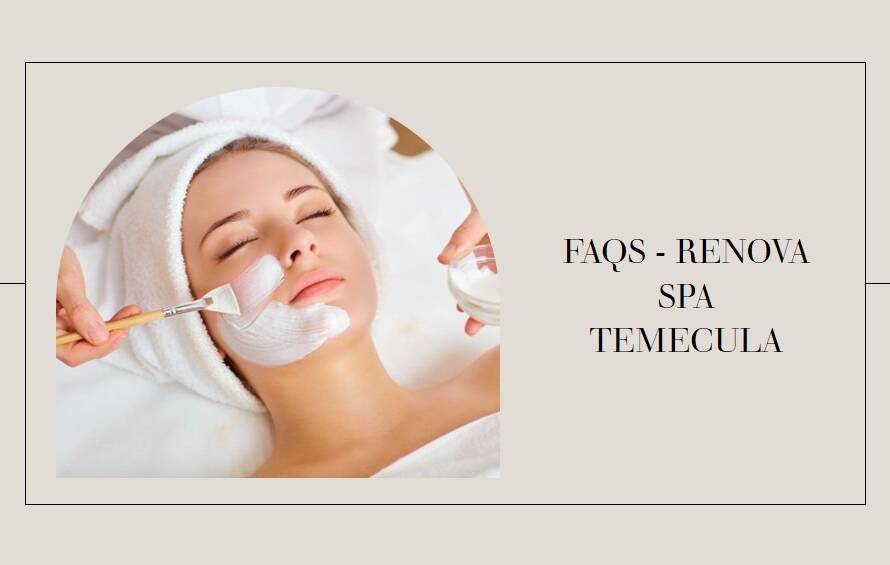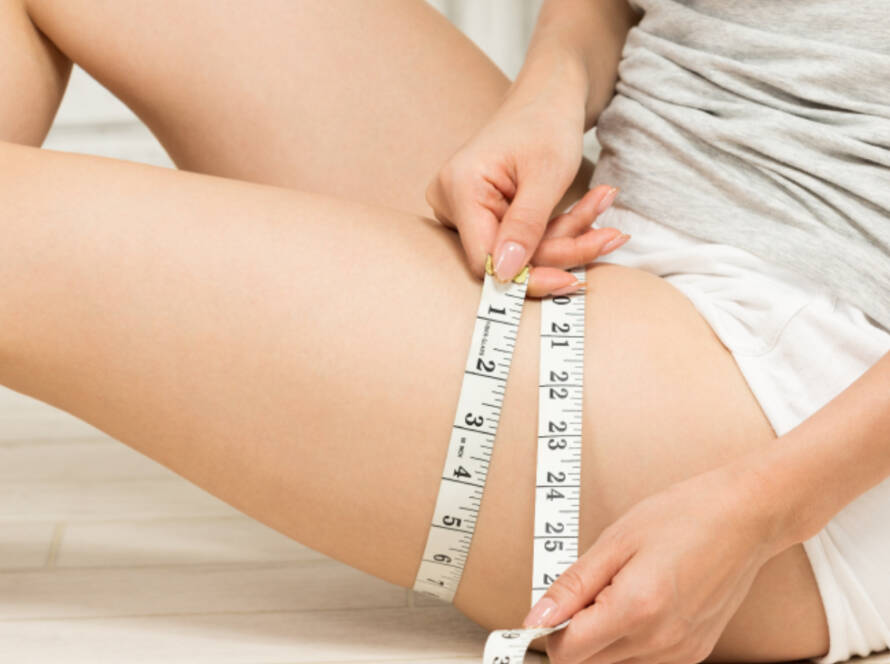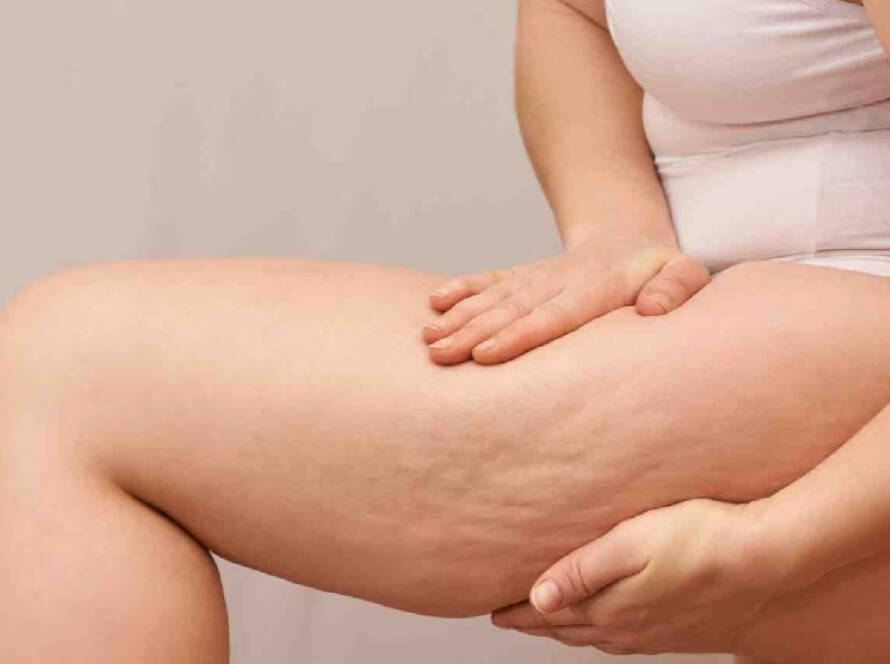Jowls – Why do we get, treatment and prevention
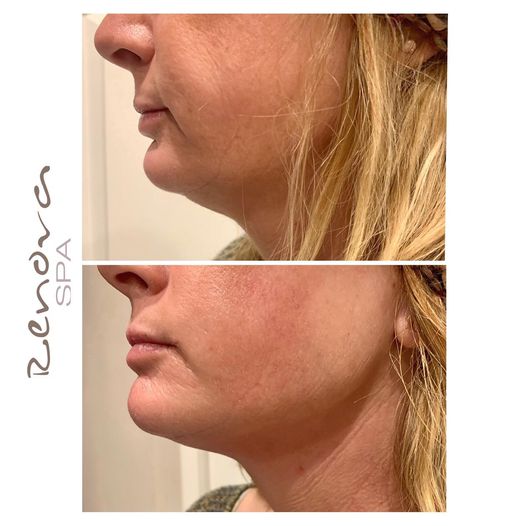
Having “jowls” is a common term for sagging skin below your chin or jawline. Almost everyone develops jowls as they age. It happens because as you get older, your skin becomes thinner and less elastic.
Jowls may be less noticeable in people with thicker skin, fatter, or more collagen in the area below the cheeks and chin. Some people may never get jowls because of their genes, environment, and way of life. Continue reading to discover more about the causes of jowls, how to reduce your risk of developing them, and how to minimize their appearance.
What Causes the Face to Have Jowls?
Our cheeks contain a lot of “good fat” when we are young, which supports the face and jawline. But as we grow older, we lose this “good fat,” and as we lose collagen and elastin, the condition of our skin deteriorates. This results in sagging skin and a drooping jawline, which can make the jowls more noticeable. People typically experience jowls for this reason. But there are additional reasons.
- Sunlight – Prolonged exposure to the sun’s dangerous UVA and UVB rays can seriously harm the skin and cause jowls. Your skin will lose collagen and elastin much more quickly due to the rays, which cause the skin to sag.
- Genetics and skin tone – Regrettably, some people are just predisposed to jowls more than others. We all eventually lose skin elasticity, but some people may have a particular facial structure or skin type that makes them less likely to get jowls. This is mostly due to genetics or just good luck!
- Environmental aspects and personal choices – Smoking can actually result in jowls. Smoking decreases the amount of natural collagen and elastin in your body and tightens your blood vessels, which reduces the amount of blood that reaches your skin. Another reason is weight loss. Skin stretches as you gain weight. That same stretched skin might sag after losing weight.
What can I do to reduce my risk?
You might develop jowls as a result of uncontrollable circumstances. There are numerous things you can do to prevent jowls from developing or from sagging too soon, though.
To prevent jowls
- Avoid smoking.
- The chemicals in tobacco products, including cigarettes, can harm your skin.
- Avoid being in the sun too long. You should always apply sunscreen to your face and neck before leaving for the day. By including it in your morning routine, you can lessen UV ray damage.
- Reduce your screen time. Try to maintain a natural, comfortable angle for your head when using a computer or phone to avoid having your neck skin bunch up or stretch out. By taking a 10-minute break after each hour spent using a computer, you can maintain the health of your muscles as well.
Non-operative options
There are some treatments that can be finished in an outpatient setting without requiring surgery. These procedures typically carry fewer risks since they don’t require general anesthesia. The outcomes, though perhaps not quite as dramatic.
- Thermage jawline tightening
During this procedure, a machine called the Thematic uses heat and radio frequency energy to tighten the skin around your neck and chin. You can repeat the process to ensure that the collagen in your skin stays tight. The procedure only needs one day to complete, and recovery time is minimal.
Depending on your insurance provider, the cost of this procedure could change. There is very little chance of complications from this procedure.
- Cosmetic fillers
The material used to make dermal fillers is hyaluronic acid. This substance can also be injected into your neck and chin to fill in jowls and make them look less saggy. Some fillers can encourage your body to produce more collagen in order to keep your skin taut.
The cost of dermal fillers varies depending on your insurance provider and the quantity you need. The risks associated with fillers are limited to infection.
To sum up
Jowls are sagging or drooping skin and fat that is located below the chin and jawline. They can appear in anyone as they age due to the loss of collagen and elastin. Jowls, however, can also develop for reasons unrelated to age.
If a person smokes, is exposed to sunlight, or is genetically predisposed to the condition, their chances of developing jowls increase.
Despite the fact that jowls are not detrimental to your physical health, if they are causing you discomfort, talk to your doctor about your treatment options. To help get rid of or reduce jowls, they can suggest non-invasive, surgical, at-home, and other treatments.



